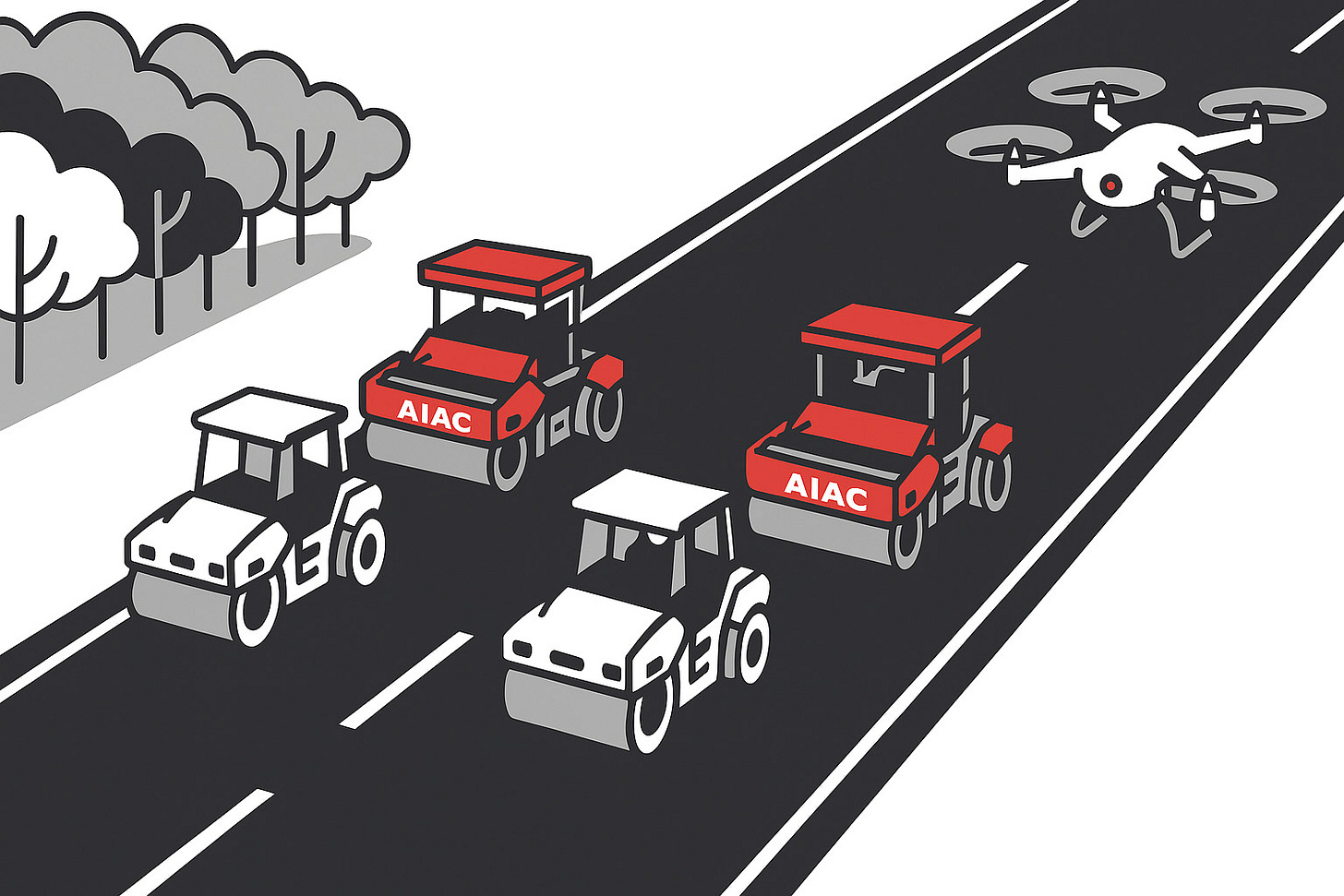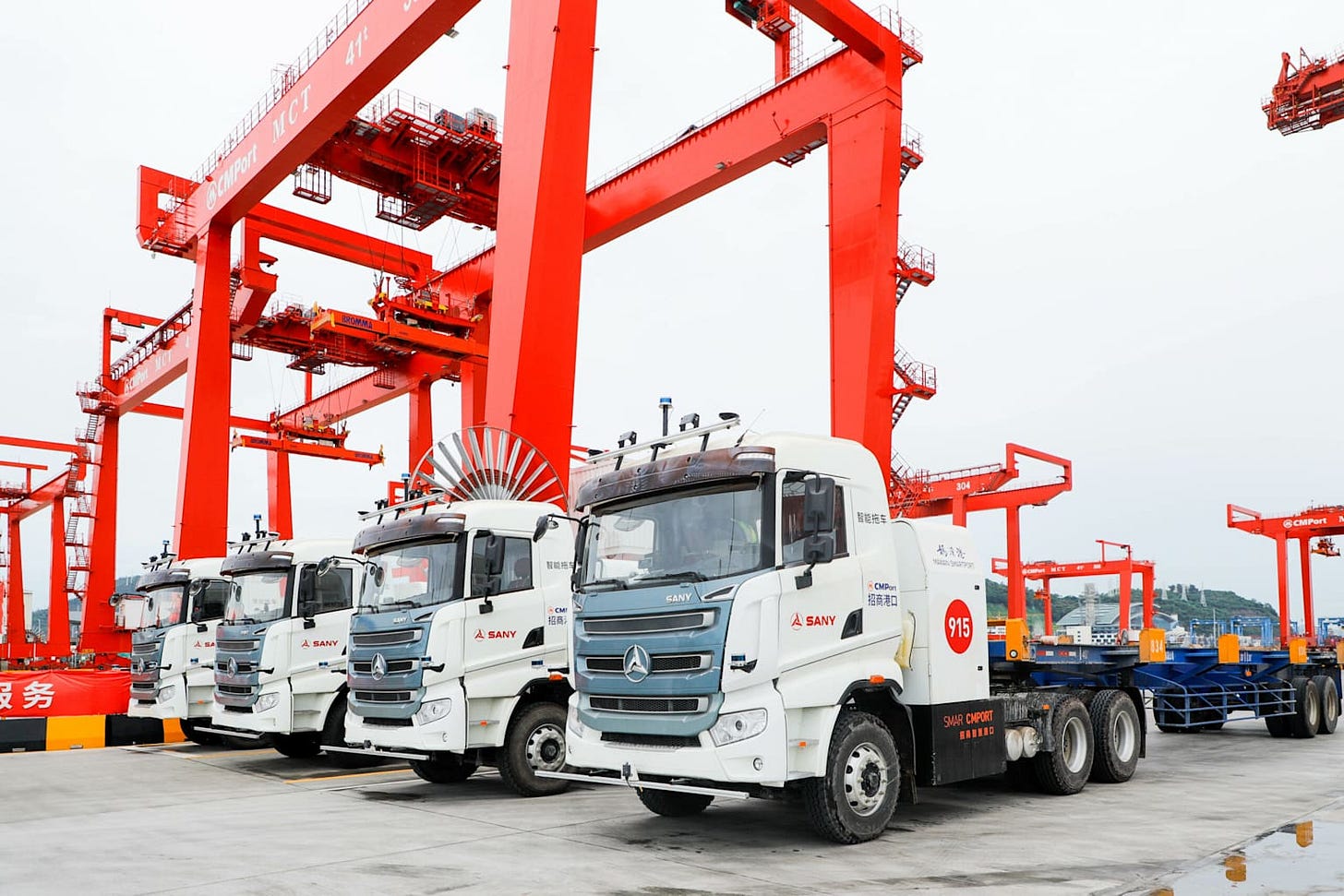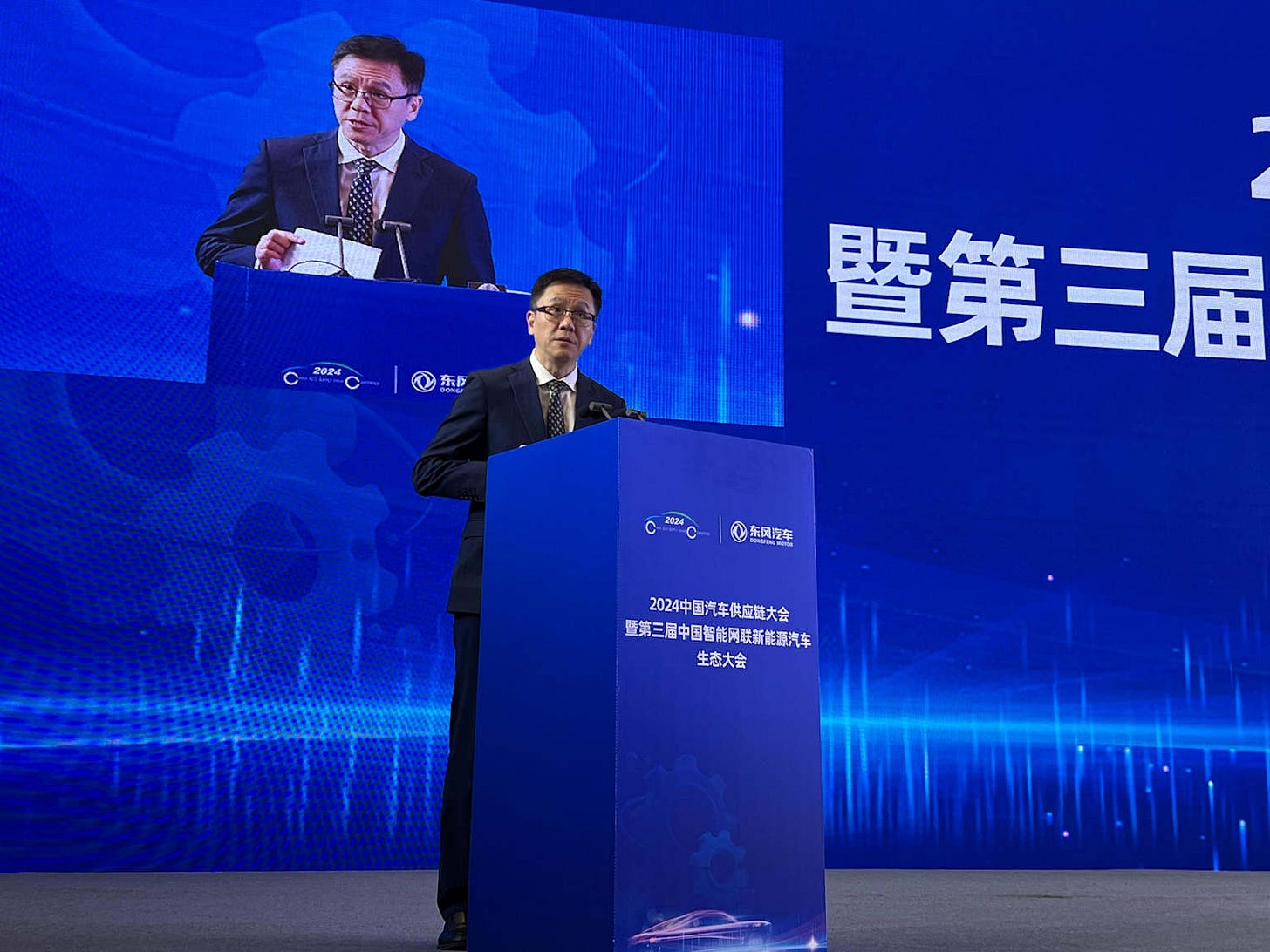Robots Pave The Future (for the most part)
China's automation breakthrough shows what's possible when you stop tinkering
Hey Adopter,
China just made headlines with a massive 158-kilometer highway resurfacing project, supposedly done entirely by robots. It sounds like science fiction becoming reality, a glimpse into a future where hard hats are replaced by hard drives. But before we all assume the construction crews are obsolete, let's dig into what really happened.
The Scale That Actually Matters
The sheer scope is genuinely impressive. We're talking about 157.79 kilometers of the Beijing-Hong Kong-Macao Expressway. This wasn't some small-scale test run; it was a significant stretch of critical infrastructure. The project was heralded as the world's first fully unmanned large-scale road paving project. Imagine the coordination, the logistics, the sheer audacity.
The Steel Behind The Headlines
The technology deployed is legitimately cutting-edge. Sany Group's autonomous machinery, including pavers capable of laying down nearly 20 meters of asphalt in a single pass (a world record, by the way), did the heavy lifting. This fleet operated as a synchronized formation of machines guided by China's BeiDou satellite positioning system, aiming for centimeter-level accuracy.
Think of it as an orchestra of massive, self-driving machines, all playing from the same AI sheet music.
Reality Check Time
Now, for the part where the marketing meets the pavement.
The claim of "no human labor" needs a serious asterisk. While the machines did the physical paving and rolling with unprecedented automation, humans were still very much in the loop.
There was minimal human supervision for safety monitoring and system oversight. Remote operators watched from a safe distance, and safety supervisors were on site.
So, not quite a "set it and forget it" scenario. It's more like "set it, and watch it very, very carefully."
Similarly, the idea that an "AI system managed everything from planning to execution" also needs refinement. The AI was brilliant at real-time operational coordination and equipment synchronization. However, strategic planning, overarching project management, and defining safety protocols? That still had human fingerprints all over it.
What This Actually Means For Business
Despite the nuances, this project is a massive deal. It undeniably marks a significant step forward in smart infrastructure and autonomous construction.
For businesses, this isn't just about building roads. It's a stark reminder that automation is barreling down industries faster than many are prepared for. The construction sector, often seen as slow to adopt tech, is clearly in the crosshairs. This project shows that large-scale autonomous operations are viable, potentially addressing labor shortages and improving safety.
The Bigger Picture Nobody's Talking About
The takeaway isn't that robots are taking over tomorrow. It's that the definition of "possible" is shifting at breakneck speed. Most companies tinker with AI like it's a weekend hobby. China's using it to reshape concrete and steel on a national scale.
While they didn't eliminate humans, they dramatically changed their role. The focus shifts from manual labor to system oversight, from doing the work to managing the work of machines. This represents genuine technological advancement that positions China at the forefront of construction automation technology.
Your Monday Morning Reality Check
Think about your own industry. Where are the bottlenecks? What tasks are dangerous, repetitive, or demand a level of precision that humans struggle to maintain consistently? This Chinese highway isn't just a road; it's a roadmap for how AI can be practically applied to massive, real-world problems.
The project gained international attention following a live demonstration to nearly 700 industry experts during a construction management conference. That's not hype; that's proof of concept at scale.
But here's what the cheerleaders won't tell you: autonomous construction technology still faces significant challenges. Weather dependency affects sensor performance. Complex terrain navigation remains tricky. Integration with existing infrastructure creates headaches. And yes, cybersecurity vulnerabilities in networked systems are real.
The Action Plan
Don't get caught admiring the problem while your competitors figure out the solutions. Start identifying where your business processes mirror what China just accomplished: repetitive tasks, precision requirements, safety concerns, or coordination challenges.
The professionals who master this transition won't just become more productive; they'll become the people their organizations turn to when asked, "How do we actually use AI to get results?" Progress beats posturing, especially when the stakes are this high.
China didn't just build a highway. They built a demonstration of what focused AI implementation looks like when you stop making excuses and start making decisions.
Adapt & Create,
Kamil
What did you think of today's newsletter?
❤️ Loved it. Refer it to a friend or drop a 🙌 below.
🫤 Meh. Help me make it better!
🥳 I'm new here. Welcome! Grab these 3 essential AI resources to get started.
🤩 Give me more. Check out reader favorites here (and all our free & paid resources here).











Everyone keeps talking about a 2-5 year time horizon for significant AI take-over of large industries. This is a great wake-up call that it is NOT like the implementation of the computer in the 1980s - it affects everyone, at all levels, and can happen in the click of a mouse.